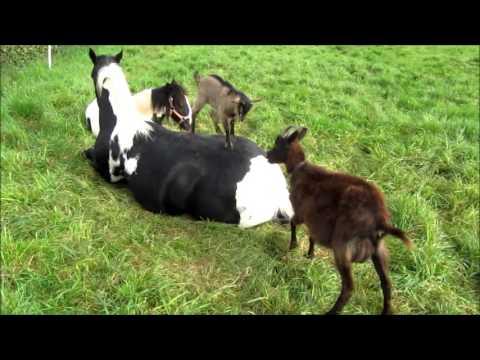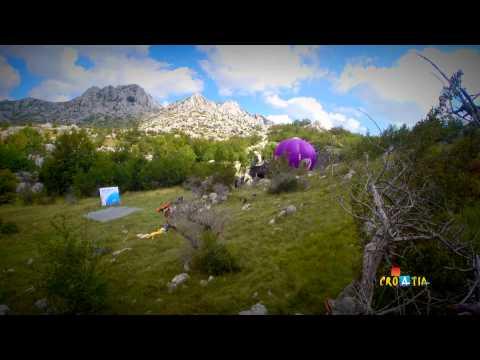Description
Truly gorgeous with a haunting call, the common Loon is a familiar and adored waterbird of the Northern lakes.
Common Loons spend a great deal of their day swimming slowly on the surface of the water, often sticking their heads below to scan for fish. If any are spotted they quickly dive down without much of a ripple left above.
Common Loons have solid bones, which makes them not so buoyant therefore allowing them to dive very well. An interesting thing is that When they dive into the water, their feathers are compressed and the air is forced from between the feathers and from the air sacs in the body. This loss of air lets them quietly sink below the surface and avoid danger.
Common Loons like to raise their young in forested lakes or large ponds throughout northern North America. One great thing about Common Loons is that since they need crystal clear lakes, their presence is a good indicator of water quality. A good population of small fish along with the ability to see them underwater is needed in order for a pair to take up residency. A small lake between 5 to 50 ha can sustain one couple. Lakes that have coves and islands are preferred, helping to provide them with cover while they nest or take a break.
Nesting takes place on land in a well-protected quiet spot hidden in the lake shore, like the lee of islands, or in a sheltered back bay. Walking is not their strongest attribute because the legs are placed very far back on their body. This makes them awkward on land. For this reason, nests are placed close to a bank that has a steep drop-off, permitting them to approach the nest from underwater.
Artificial nesting platforms are used by common loons as well, typically in places with a lot of shoreline development. They are known to reuse a nest site the following year. Fixing up the old one rather than starting all over again.
Typically around late June to early July, little dark brown fluffs appear on the water, the chicks. Only two eggs are usually laid, so there are just one or two babies, which are able to swim right away. Despite being able to navigate in the water immediately, chicks prefer to ride around on their parent's back a lot of the time. Where they are can rest, prevent too much heat loss since they are mostly down, and hide from large predators. Parents provide a great deal of care to their babies, feeding and protecting them in the early stages. As many as 70 times a day the chicks are fed, but As Summer nears the end the fledglings are capable of feeding themselves.
The most iconic thing about these birds is their captivating calls which have a way of creating a sense of peace and serenity. Common loons can be very vocal, especially in the late evening. After sundown, the north woods is described as reverberating with the echoes of wails, yodels, and tremolos. Their calls have an eerie yet beautiful aspect to them, especially the wail, a soulful cry that loons give back and forth to know each other’s location. Another haunting call, the Yodel, is made by males who use it to claim territory. Not every male’s yodel is the same, each has its own signature sound, and can change it if he moves to a new territory. Even tremolos which are usually used as alarm calls are quite something to hear.
---

Comments
-
 CharMaine
Added
I would have never captured this majestic bird, or it's sounds and certainly the environment if it weren't for Lesley the Bird Nerd. Thank you so much for showing me this magnificent part of nature. Mel, you rock!
CharMaine
Added
I would have never captured this majestic bird, or it's sounds and certainly the environment if it weren't for Lesley the Bird Nerd. Thank you so much for showing me this magnificent part of nature. Mel, you rock!
























